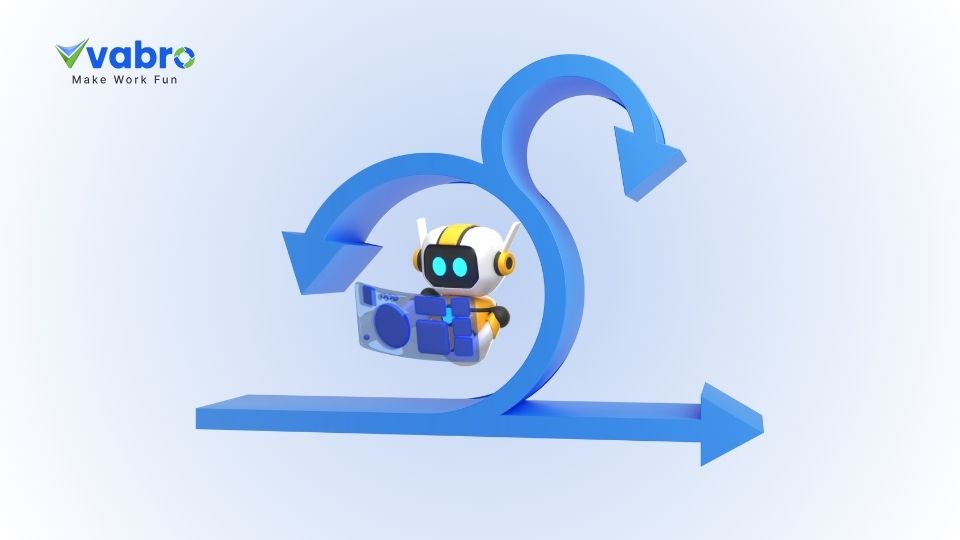Customizing Scrum for the Challenges of the Future
As the business landscape evolves, so too must the frameworks and methodologies that drive project success. Scrum, a widely adopted Agile framework, has proven to be highly effective in managing complex projects. However, with rapid technological advancements and shifting market demands, businesses must look at customizing Scrum to meet the challenges of the future. In this article, we explore how Scrum can be tailored to remain relevant and efficient in an ever-changing world.
Adapting Scrum to Emerging Technologies
One of the key challenges for teams using Scrum is integrating new technologies into their workflow. From artificial intelligence (AI) and machine learning to cloud computing and automation, these technologies are transforming the way businesses operate.
Customization Tip: Scrum teams can adapt by incorporating tech-specific roles or expertise into their sprints. For example, integrating AI specialists into the development cycle can help teams address technological advancements directly, ensuring that new tools and platforms are smoothly integrated into the project without disrupting Scrum's core principles.
Fostering Remote and Distributed Teams
The rise of remote work and global teams presents another challenge. Scrum's traditional setup, which emphasizes face-to-face communication, can sometimes struggle in a virtual environment.
Customization Tip: Use digital collaboration tools like Jira, Trello, or Slack to facilitate communication and tracking across remote teams. Additionally, adjusting daily standups to be more inclusive of virtual participants can ensure that team collaboration remains strong, regardless of geographical location.
Scaling Scrum for Large Teams
As organizations grow, scaling Scrum for larger, more complex projects can be a daunting task. While Scrum works well for small, cross-functional teams, it can require adjustments when scaling up for multiple teams working on the same product.
Customization Tip: Frameworks like SAFe (Scaled Agile Framework) or LeSS (Large Scale Scrum) can be used to scale Scrum effectively. These frameworks provide strategies for coordinating multiple Scrum teams, ensuring alignment across different workstreams while maintaining the principles of Scrum.
Addressing Business Uncertainty and Rapid Change
The pace of change in the modern business world requires Scrum teams to be more adaptable than ever before. In some industries, market conditions can shift overnight, and teams need to pivot quickly without losing momentum.
Customization Tip: Scrum teams should prioritize flexibility within their sprints. This means revisiting backlogs regularly and adjusting priorities based on real-time market feedback. By using Scrum's iterative process, teams can quickly adapt to changes without losing sight of long-term goals.
Conclusion
Customizing Scrum for the challenges of the future is about staying agile and embracing change. By integrating emerging technologies, fostering strong virtual collaboration, scaling effectively, and maintaining adaptability, Scrum can continue to be a powerful tool for managing complex projects. Customization will ensure Scrum remains an agile, efficient, and future-proof framework for teams across all industries.
